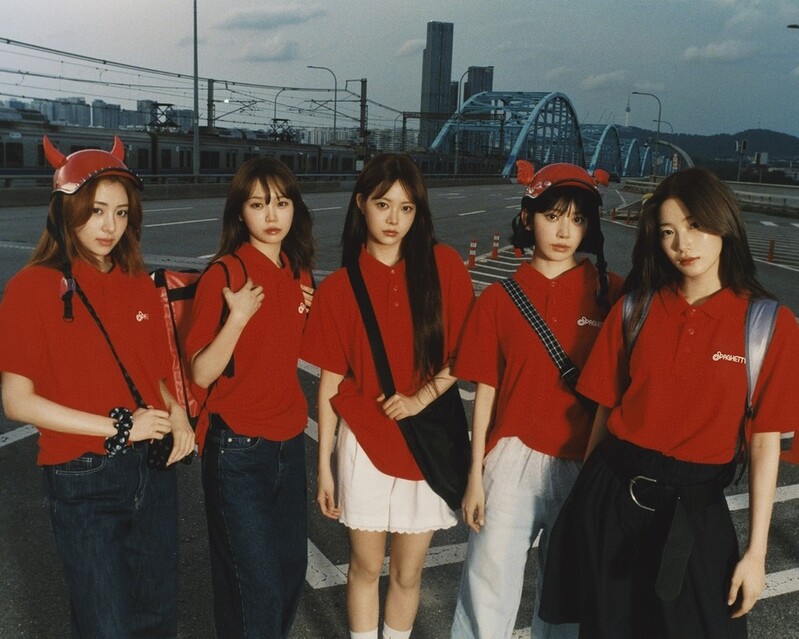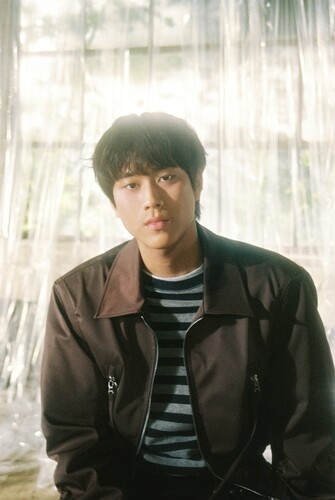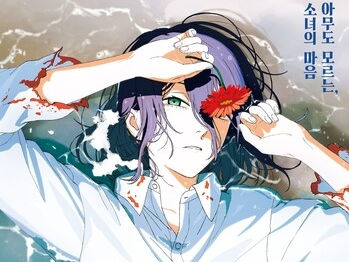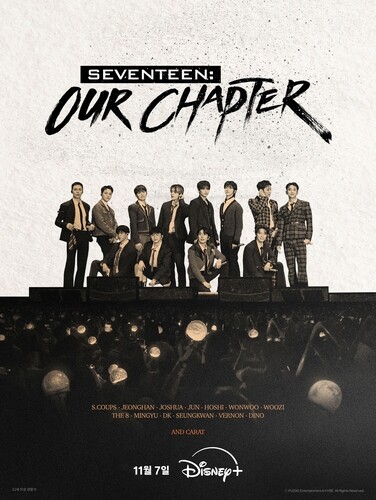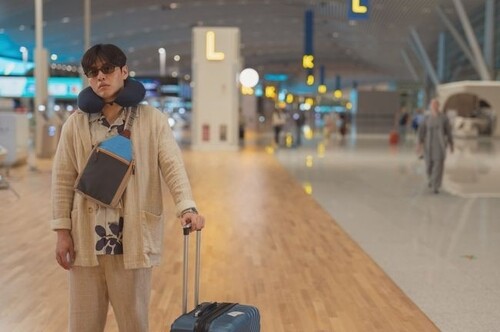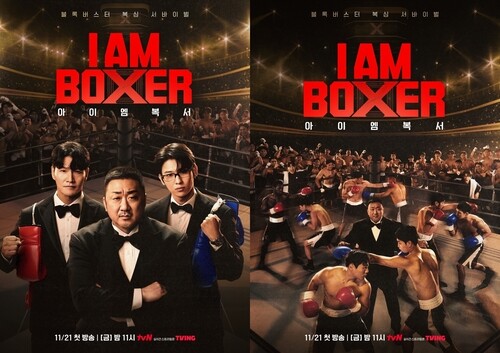 |
| ▲ |
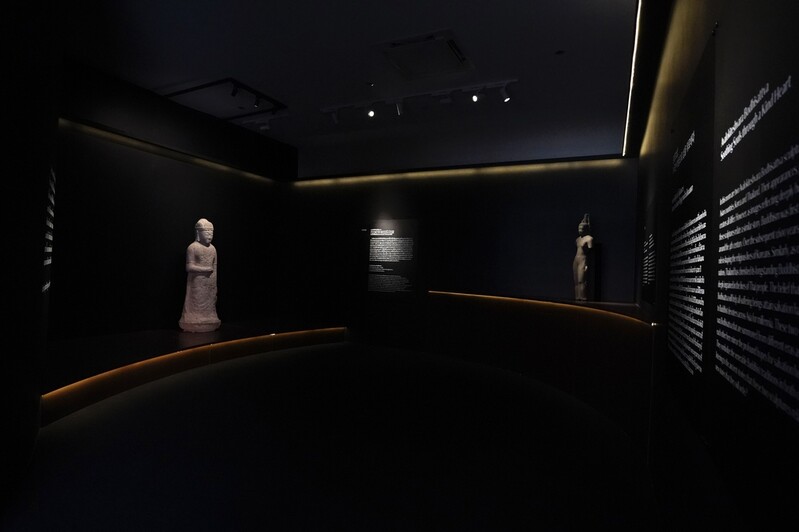 |
▲This photo, provided byNational Museum of Korea, shows the exhibition hall. (PHOTO NOT FOR SALE) (Yonhap)
|
 |
▲This photo, provided by National Museum of Korea, shows the exhibition hall. (PHOTO NOT FOR SALE) (Yonhap)
|
 |
| ▲This photo, provided by National Museum of Korea, shows the poster of the exhibition. (PHOTO NOT FOR SALE) (Yonhap) |
SEOUL, Nov. 21 (Yonhap) —A spot to meet Korean traditional culture through digital videos has opened in Bangkok, Thailand.
The National Museum of Korea announced on Monday that they have opened a Korean room to exhibit lively contents at the Bangkok National Museum in collaboration with the Thailand Ministry of Culture. The exhibition will continue until May 21.
The Bangkok National Museum is a representative historical and cultural facility in Thailand.
The museum was established in 1934, and it currently holds 38,000 artifacts. As it is close to Watpo Temple, which is famous for its royal palace and huge Buddha statues, the annual number of visitors reaches about 360,000 as of 2020.
In the newly opened Korean room, visitors will be able to watch two digitally realistic videos, "The Journey of the Soul" and "The King's Journey," produced by the National Museum of Korea.
The "Journey of the Soul," which contains the Buddhist worldview and the afterlife that Koreans think of, is based on traditional Buddhist paintings such as "Siwangdo" and "Amitabha Buddhist Painting," which depict ten kings who judge humans in hell.
The video of the King's Travel, which deals with the rituals of the Joseon royal family, shows the grand and colorful royal rituals based on data recording the visit to Hwaseong during the reign of King Jeongjo (r. 1776–1800).
Visitors will be able to watch colorful and vivid videos on a large screen that fills the exhibition space.
It is also notable that visitors are able to see sculptures that symbolize the long Buddhist traditions of Korea and Thailand together.
Two statues of Bodhisattva Avalokitesvara, which were considered important objects of faith in almost every region where Buddhism was transmitted, welcome visitors.
The Korean Bodhisattva Avalokitesvara, believed to have been produced in the 9th century, has a unique rough texture of granite, but the Thai Buddha, made around the 7th century, is carved into sandstone, showing a soft and smooth body expression.
The museum emphasized, "It was created by different people in different times, but it tells a story in that it contains the earnest hearts of those who wished for salvation while looking at the statue."
The National Museum of Korea will continue cooperation after the exhibition, including the establishment of a Korean corner in the Asian Pavilion of the Bangkok National Museum and the promotion of mutual exchange exhibitions.
An official at the museum said, "It is the first exhibition to showcase Korean cultural assets in Thailand," adding, "I hope this exhibition, which has been agreed upon by cultural institutions representing the two countries, will become a symbol of cultural exchange."
(This article is translated from Korean to English by Dowon Kim.)
(END)
(C) Yonhap News Agency. All Rights Reserved









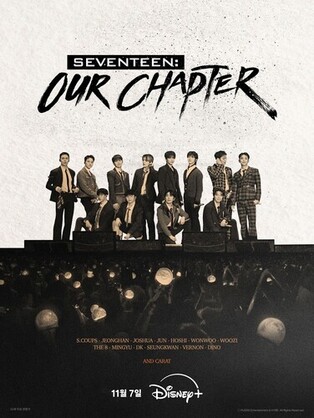
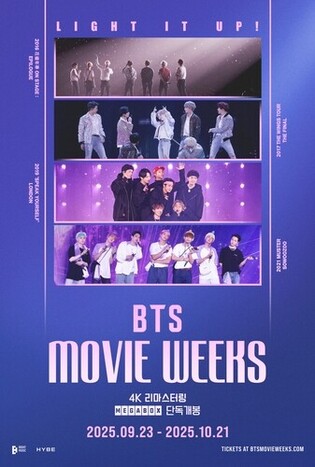


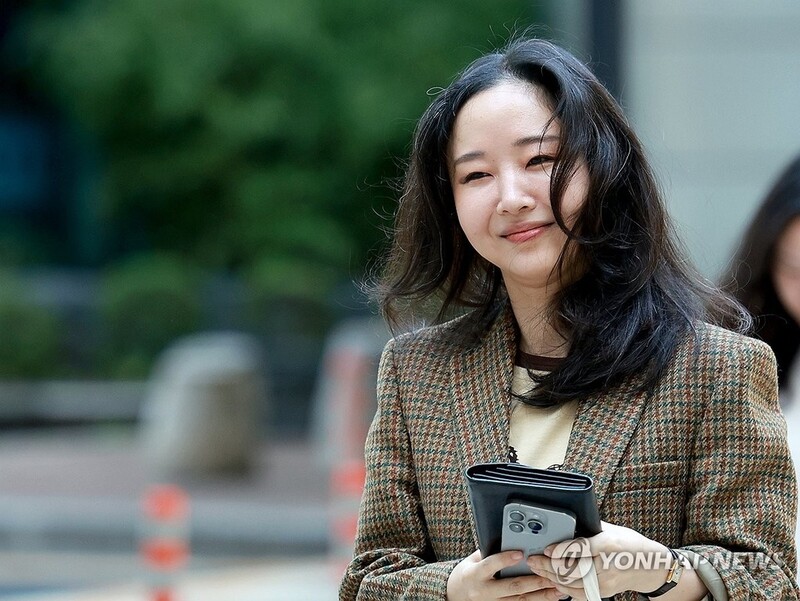
![[방송 소식] MBC 대학가요제 13년 만에 부활…26일 방송](https://korean-vibe.com/news/data/20251024/yna1065624915904676_716_thum.jpg)
![[신간] 레넌과 매카트니는 경쟁자였을까…'존 앤드 폴'](https://korean-vibe.com/news/data/20251024/yna1065624915904305_293.jpg)
